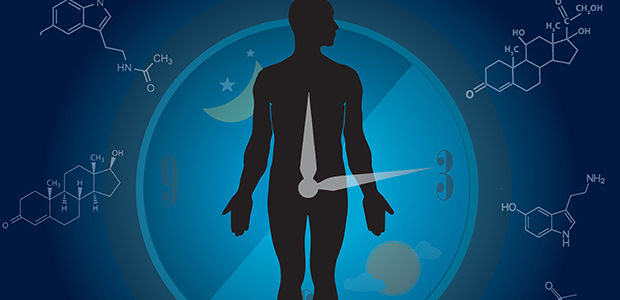
Your biological clock is ticking – but not in the way you’re thinking
When we consider age, we often think of it in terms of a chronological exercise. We’re born, we grow older and then we die. But what about our biological age?
To age chronologically simply means you count the number of years you’ve been alive. But to age biologically means determining the age of your internal organs, and thus, perhaps, the number of healthy years you have left.
Whilst it is almost assured that the older we grow, the more medical issues we will encounter. It is also true that many people, young and old, have health problems which have nothing to do with how old they are, but rather how healthy their insides are – which is an indicator of their biological age.
What is an aging clock?
Aging clocks have been around in one form or another for the last decade, and the essence of them is to determine how much organs have degraded, from which they can ascertain how many healthy years a person has left – if they carry on the way they are.
They are generally based on patterns of epigenetic markers, called methyl groups, which are layered onto DNA and affect how genes are defined. The pattern of methylation changes as we grow older, but no one is sure why.
It was in 2011, whilst participating in a study of epigenetic markers, that Biostatistician Steve Holvath found the links between age and epigenetic markers were huge. His research found that the patterns of methylation could predict a person’s age to within five-years of their chronological age. Spurred on by the finding, the Horvath clock was developed, and it is often referred to as a ‘pan-tissue’ clock because it can predict the age of virtually every organ in a person’s body.
Data-built clock
In 2018 Horvath built a different clock along with his colleagues which was based on biomarkers and included blood levels of glucose and white blood cells, and a person’s age in years. They used available data from a study, and then utilised that data with the biomarkers to create the DNAm PhenoAge clock.
If your biological age is higher than your chronological age, then the assumption is that you’re aging faster than you ought to be. The DNAm PhenoAge clock estimates that a one-year increase of an organisms age is associated with a 9% increase in death from any cause, as well as an increased risk of dying from cancer, diabetes, or heart disease.
Old father time
Horvath has also developed the GrimAge clock which boasts to be the best for predicting mortality and outperforms other epigenetic clocks in the prediction of age-related clinical phenotypes.
Using his own blood samples, his results were initially consistent with his chronological age, however, performing the test again nearly two years later, he found that his biological age had increased by four years. But this does not necessarily mean he will die four years earlier. Horvath says: “You cannot directly relate it to how long you’ll live,” reports MIT. But what it does mean is that something has changed, and his organs are aging faster than they should.
The bright side?
These clocks shouldn’t be taken literally, but they should be an encouragement to take care of yourself and your health.
With any kind of technology like this, it isn’t infallible, and there are always different ways to read and interpret data. And whilst they can’t predict your actual death, because nothing really can, they can predict if you’re on the right path to a good and healthy lifestyle, or if you need to change something.
No one can ignore old father time when he knocks, but if we take care of ourselves now, we can delay his journey.

